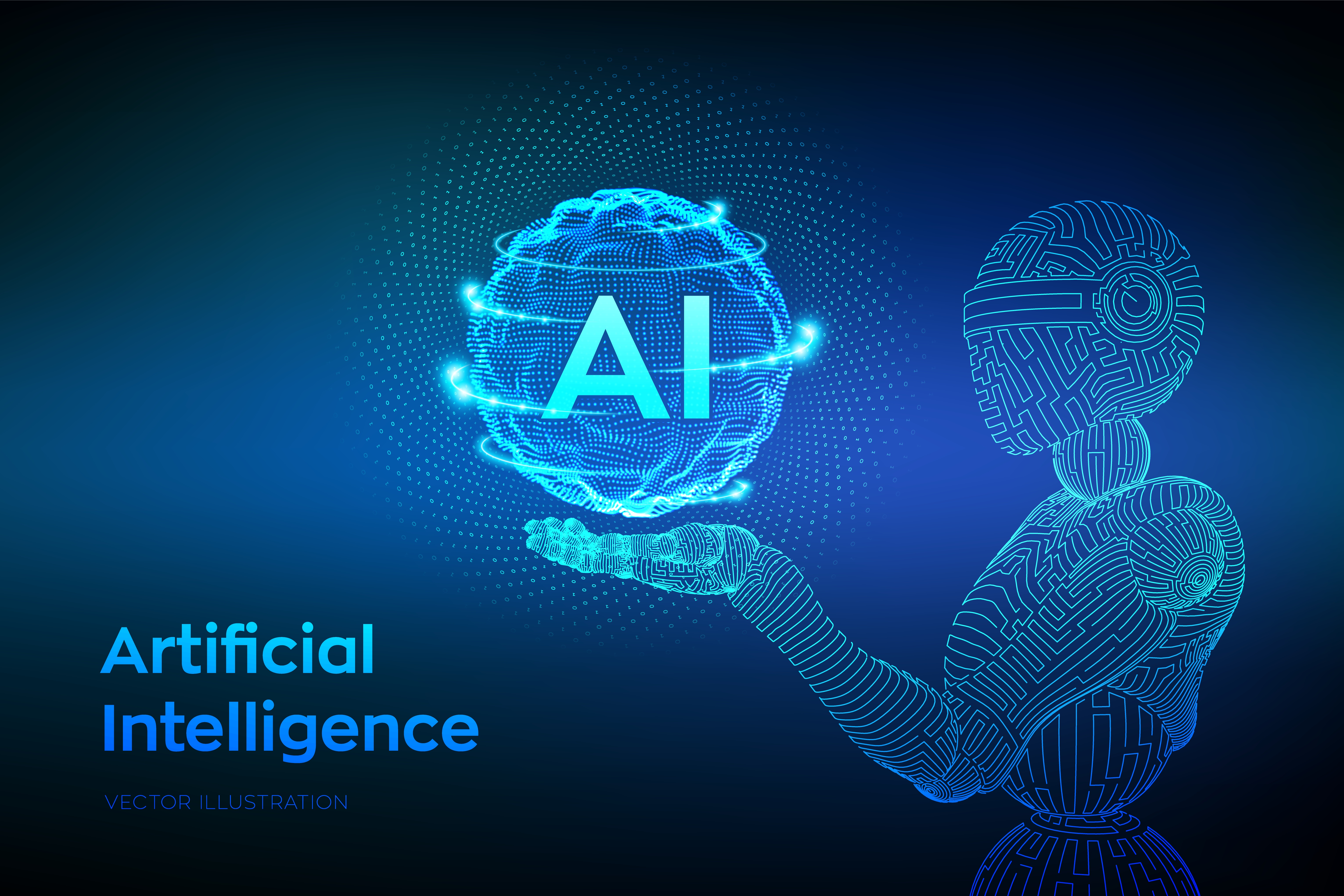University student uses machine learning to read carbonized scroll from Herculaneum, opening new doors to history
University student uses machine learning to read carbonized scroll from Herculaneum, opening new doors to history

A 21-year-old computer science student, Luke Farritor, from the University of Nebraska–Lincoln, has reportedly made a groundbreaking discovery with the help of artificial intelligence that allowed him to read the first text inside a carbonized scroll from the ancient Roman city of Herculaneum.
This scroll had been unreadable since the eruption of Mount Vesuvius in AD 79, which also buried Pompeii, according to an article in the Nature journal.
“I developed a machine-learning algorithm that successfully detected Greek letters on several lines of the rolled-up papyrus,” said Farritor.

To achieve this, he utilized subtle differences in surface texture to train his neural network and highlight the ink, such as the word ‘purple’ (πορϕυρας).
The Vesuvius Challenge, an initiative offering awards for reading the ancient scrolls, announced Farritor as the winner of the ‘first letters’ prize, valued at $40,000.

This contest allowed contestants to unlock the mysteries of the scrolls by studying flat images produced by an X-ray computed tomography (CT) scan, showcasing areas of papyrus coated with ink. Farritor and other participants used the images to identify letters and characters.
With this pioneering achievement, the academic community is excited about the potential to uncover more texts from Herculaneum’s library.

“My breakthrough marks a significant step in reading previously undecipherable texts from ancient history and literature,” said Farritor.

It may revolutionize our understanding of the past, offering access to works directly from their original authors, rather than copies made by scribes over centuries.
Machine learning’s application in revealing ancient texts is part of a broader shift, where AI is increasingly aiding scholars in the study of historical documents.
This technological progress holds the potential to unveil a wealth of previously unseen texts, including those present in parchment book bindings, palimpsests, and cartonnage, ultimately expanding our knowledge of history and literature.

© 2023 Zenger News.com. Zenger News does not provide investment advice. All rights reserved.
Produced in association with Benzinga
Edited by Miriam Onyango and Newsdesk Manager

